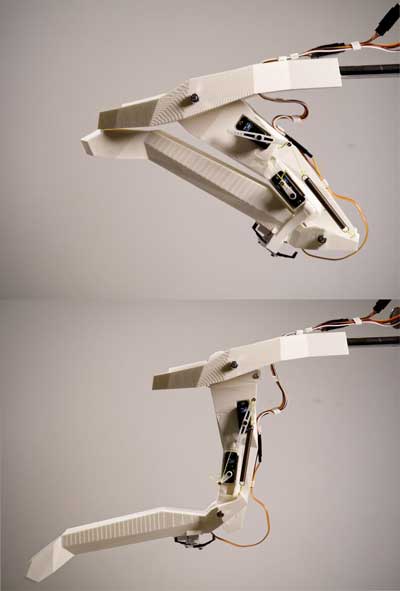It is a high-speed movement: within fractions of a second the mouthparts of the dragonfly larvae spring forwards to seize its prey. For decades, researchers had assumed that this action must have been driven primarily by hydraulic pressure. Now, for the first time, scientists at Kiel University (CAU) have completely decrypted the biomechanical functional principle of what is known as the labial mask of dragonfly larvae.
.
A vital contribution to this discovery was made by the team led by Dr Sebastian Büsse of the Zoological Institute in its development of a bio-inspired robot with the operating principle of the complex mouthparts adapted to test its own hypothesis – the technology used here could lead to a significant enhancement of agile robot systems. The results of the ambitious research project were published in the renowned specialist journal Science Robotics ( “A controllable dual-catapult system inspired by the biomechanics of the dragonfly larvae’s predatory strike” ).
.
Demonstrating motion sequences with robotics “One of the major advantages of bio-inspired robots is the opportunity they provide for testing ideas on biological functional principles that would otherwise be very difficult to check. What is ideal about robotics is that it […]
Case Study: How PepsiCo achieved 96% cost savings on tooling with 3D Printing Technology
Above: PepsiCo food, snack, and beverage product line-up/Source: PepsiCo PepsiCo turned to tooling with 3D printing...






























0 Comments